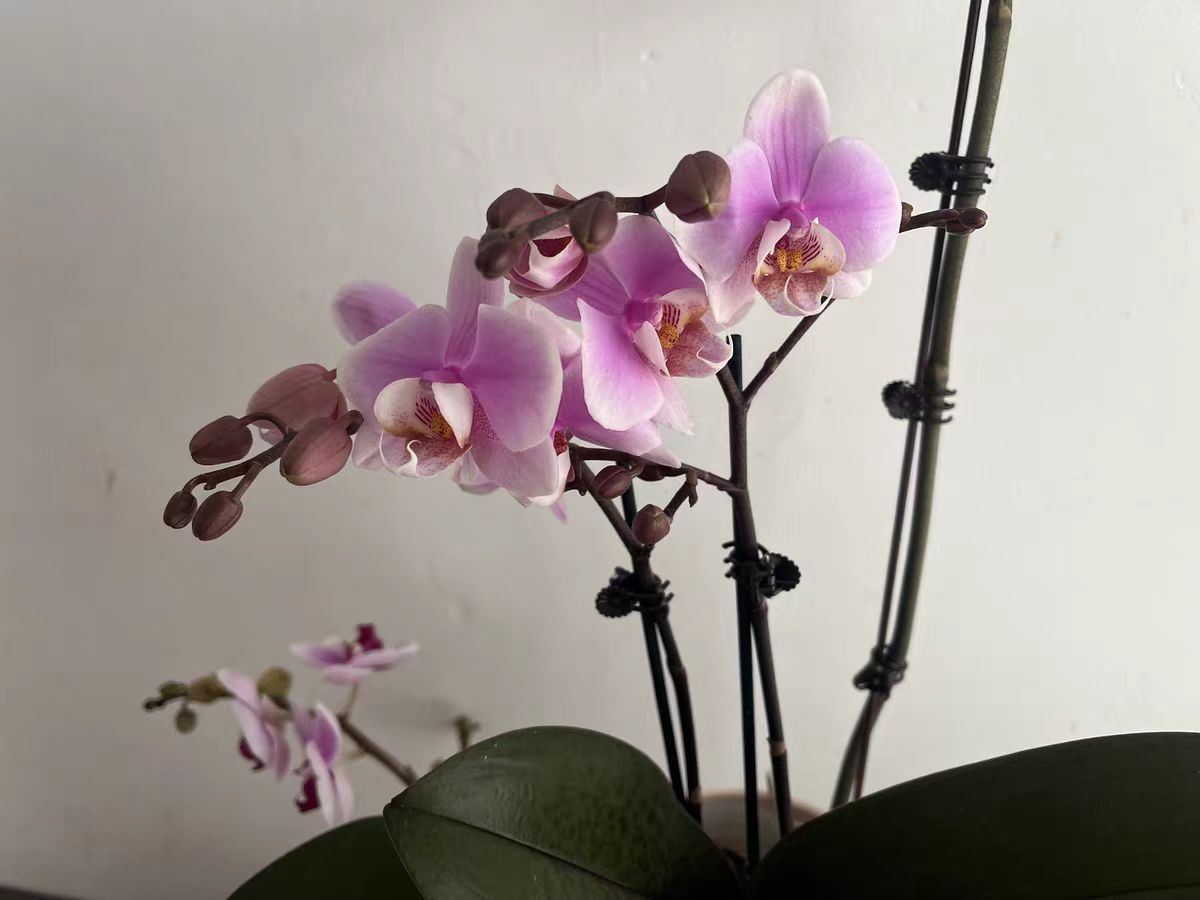You just bought a Phalaenopsis, and before you could even get familiar with it, you impulsively repotted it. Now you’re staring at the pot every day, praying it won’t die! Many novice gardeners have probably done this impulsive deed. Will transplanting a Phalaenopsis too early lead to its premature death? When is the right time to repot to ensure success?
Transplanting too early can indeed be fatal!
Imagine being dragged to an unfamiliar place to start over while you’re at work—wouldn’t you want to quit on the spot? Phalaenopsis feels the same! If it’s still in the flowering period, newly adapted to a new environment, or has underdeveloped roots when forced to repot, it’s prone to yellowing leaves, root rot, and wilting. Especially for those who rush to repot right after the flowers fade—at this time, the plant is already weakened, and 折腾 (disturbing) it further adds insult to injury.
How to judge if a Phalaenopsis is ready for transplanting?
Remember these three "no-nos":
No repotting during flowering: This disrupts the blooming process.
No repotting immediately after bringing it home: Let the plant acclimate for at least 1–2 weeks first.
No repotting with underdeveloped roots: If the roots are thin, soft, or still stuck to old soil, don’t force it!
The right time is after flowering, when the flower stem withers, and new roots have grown 2–3 cm. This is when repotting is most stable.
When is the best time to transplant for the highest survival rate?
Spring and autumn! From March to May and September to November, when the temperature is 18–25°C (mild and neither too hot nor too cold).
In spring, as temperatures rise, Phalaenopsis starts to grow new roots and adapts quickly after repotting.
In autumn, the cool temperature keeps pathogens less active, reducing the risk of root rot.
Never repot in summer heat or winter cold! Summer repotting causes root suffocation, while winter repotting freezes the roots—definite "plant-killing" moves.
What if you accidentally repot too early? Is there a way to save it?
Don’t panic! First, move it to a ventilated, semi-shaded spot and avoid watering (to prevent root rot). Observe for a week:
If leaves stop yellowing, there’s hope.
If roots are black and rotten, cut off the rotted parts, disinfect with carbendazim, and repot.
Remember: don’t disturb it further—just let it recover naturally.
Repotting a Phalaenopsis is like moving house—it’s all about timing and observing its condition, more important than any gardening trick. If you’re unsure, wait: miss this blooming season, and there will be another, but don’t let impatience kill a healthy plant! Next time you repot, recite the mantra three times: No repotting during flowering, no repotting for new seedlings, no repotting in extreme temperatures—and you’ll avoid detours!
Will Phalaenopsis die if transplanted too early?

Share with
Tagged in :




Leave a Reply